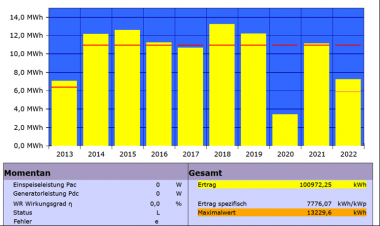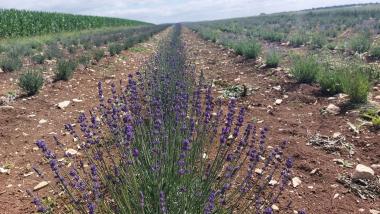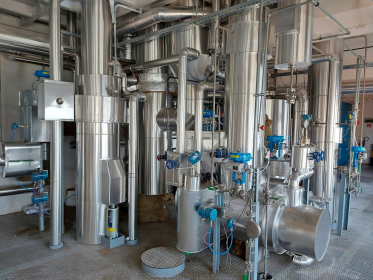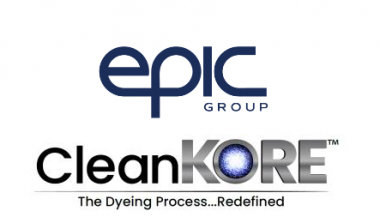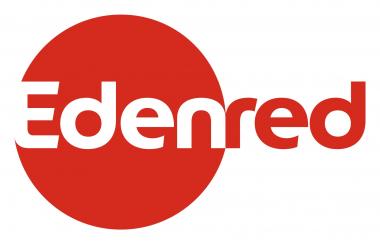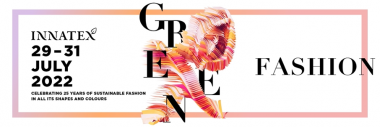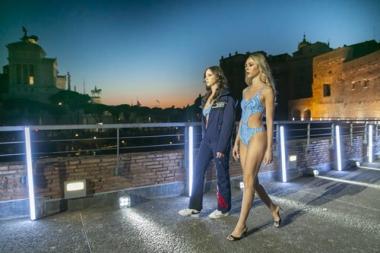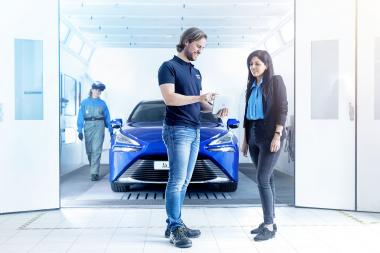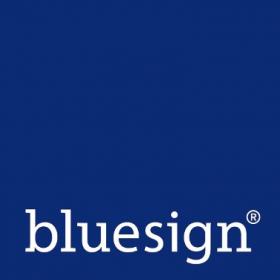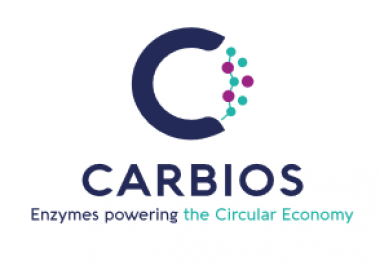Dibella setzt auf Solarenergie
- Unternehmenseigene Solaranlage hat inzwischen 100.000 KWh Strom erzeugt
Dibella ist in einer sonnigen Region ansässig. Dort wird im Jahresdurchschnitt eine Sonnenscheindauer von ungefähr vier Stunden pro Tag gemeldet. Diese Energiequelle macht sich das Unternehmen zunutze: Auf der gesamten Dachfläche des im Jahr 2007 errichteten und im Jahr 2013 erweiterten Firmengebäudes wurde eine Solaranlage mit einer Nennleistung von ca. 13 Kilowatt-Peak (kWp) 2 installiert. Sie erzeugt den Strom für die Beheizung des gesamten Bauwerks. Seit ihrer Inbetriebnahme haben die 53 polykristallinen Solarmodule jährlich eine Energiemenge von etwa 11 MWh geliefert, in Jahren mit besonders guten Sommern sogar 13 MWh. Im Jahr 2020 gab es einen Ausreißer aufgrund eines Software-Defekts, so fehlte die Energie-Erzeugermenge von rund einem Dreivierteljahr.
Weitsichtig geplant
„Bei der Planung unseres Neubaus haben wir uns bewusst für die Nutzbarmachung von erneuerbaren Energien entschieden, da dies unserer Nachhaltigkeitsphilosophie entspricht. Die Solaranlage produziert einen umweltfreundlichen, kostengünstigen Strom“, berichtet Ralf Hellmann, Geschäftsführer von Dibella. „Gerade in den vergangenen Monaten hat sich gezeigt, wie richtig der damalige Entschluss für eine umweltfreundliche Wärmeerzeugung war: Wir sind von fossilen Brennstoffen und deren unberechenbaren Preisen und Verfügbarkeiten unabhängig. Die Investition in eine teurere, aber nachhaltige Technologie hat sich damit (wieder einmal) ausgezahlt.“
Dibella GmbH


